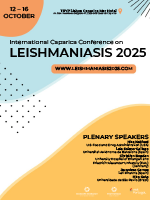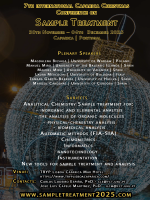Proteomics Analysis of Morphogenic Changes of Human Umbilical Vein Endothelial Cells Induced by a Phorbol-Ester Mimicking Angiogenesis
DOI: 10.5584/jiomics.v3i2.154
Abstract
Phorbol 12-myristate 13-acetate (PMA) can induce proliferation and migration of endothelial cells, mimicking vessel formation. We analysed by two-dimensional electrophoresis and MALDI-TOF/TOF the effects of PMA on cultured Human Umbilical Vein Endothelial Cells (HUVECs) to further investigate the complex mechanisms related to protein kinase C activation in this angiogenesis model. At 1 μg/ml for 24 hours, PMA induced transition of HUVECs from quiescent type into the proliferative-migrating phenotype. After 2D gel analysis, 15 differences were detected between PMA-treated samples and controls, including 8 increased proteins and 7 decreased proteins. The three main proteins identified by mass spectrometry and increased after PMA are directly involved in cell stress (α-glucosidase, heat-shock protein 70, and 150 kDa oxygen-regulated protein). Four other proteins varied in function of time, two increasing after PMA (heat shock protein 90β, protein-disulfide isomerase A3), and two other decreasing after this treatment (glucose-related protein 75, cathepsin B). These four proteins are involved in protein folding, apoptosis or tumour dissemination. Our data show that phorbol esters modify a number of proteins involved in multiple and intricate pathways for promoting a phenotype ensuring cell survival and cell migration for new vessels formation.









